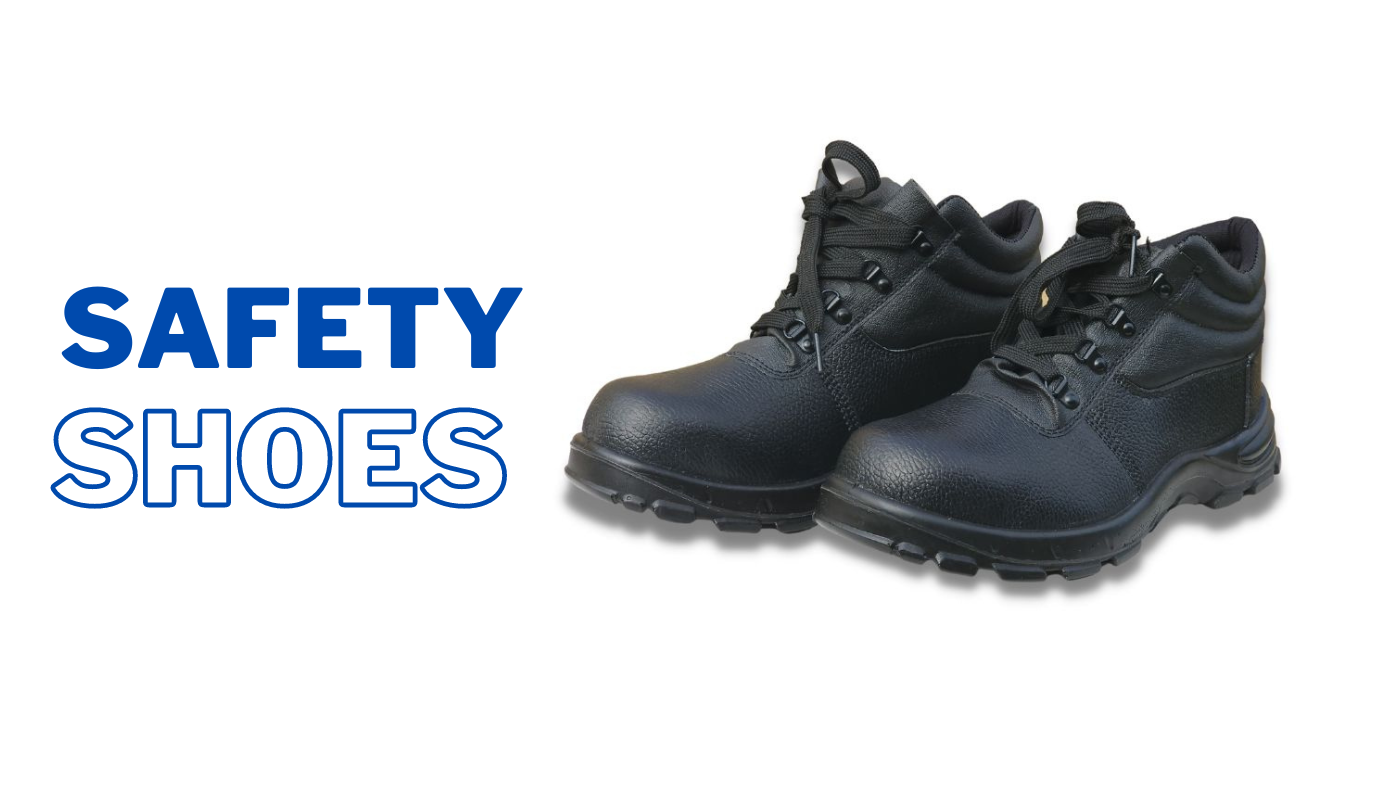Choosing the Right Safety Footwear for Your Industry
Choosing the Right Safety Footwear for your employees regularly who work in hazardous environments where proper foot protection is a must. Safety King distributes safety footwear suitable for virtually any work environment.
But how do you choose the right safety footwear?
Risk assessments for Safety Footwear
When deciding which is the best safety footwear for the job think about the task and environment.
- Is there a risk of falling objects?
- Is there a risk of sharp objects penetrating the sole of the shoe?
- Are there slippery surfaces in the workplace?
- Is there a need for cut protection (i.e. chainsaw operation)?
- Are acids/ alkalis/ chemicals present in the workplace?
- Is heel or ankle support required?
- Is there a risk of twisting or spraining the ankle?
- Are works at risk of contact with molten metal?
- Are employees working in very wet or damp conditions?
- Is there a risk of contact with temperature extremes?
- Is the employee on their feet for long hours?
- Do you need it to coincide with other PPE?
The Right Safety Footwear Focuses on protection from primary risks
Concentrate on the real risks – those that are most likely to cause harm.
Ask your employees/colleagues what they think the hazards are – they may notice things that are not obvious to you and may have some good ideas on how to control the risks.
Review the risks regularly in case circumstances in the workplace change.
Safety footwears main aim is protecting the toes and base of the feet; toe protectors are a minimum requirement in many industries. However you may need more than this.
Think about the job that you do. The right safety footwear for you depends on your job. For example, a person who is working on a building site/demolition workplace would be unwise to buy a safety product that did not have a mid-sole to protect against underfoot nail penetration. A person working in a petrol station or any place of work where there is a high risk of flammability should buy boots with antistatic/electrical-resistance properties.
Get the right size and fit and don’t compromise on comfort
Comfortable safety boots make all the difference – you’re going to spend a large chunk of the day with them on your feet! The right fit can make all the difference!
Never buy second-hand footwear
There’s no room for debate here. Second hand blackwoods safety footwear are not the best option as you do not know the history. Any sign of damage to the toe cap or mid-sole it is best to replace the item.
Think about aftercare to increase the lifespan of your safety footwear
In order to maintain safety footwear correctly, it is particularly important to air and dry them well after each use – leather shoes will take at least 24 to 48 hours to dry out completely. It is therefore advisable to use a second pair of safety shoes. Due to these longer regeneration phases, this also extends the respective useful life of the shoes.
It is best not to dry wet shoes using a heater, solid fuel burner or shoe dryer. Leather shoes in particular will become hard and brittle as a result, which will cause the shoe to wear out prematurely. Dry i a well ventilated space.
Undo your laces fully and stuff your wet shoes with paper. Leave them to dry slowly and, if necessary, replace the wet paper until the shoes are completely dry.
Remove heavy soiling from the safety footwear before drying using a brush and lukewarm water. Since dirt can have a severe impact on their breathability, affecting the climate within the shoe. After cleaning, we recommend treating the shoes with standard care products.
Choose the right safety footwear for your work
Choosing the right safety footwear for your work can have a huge impact on day to day life, especially if something was to go horribly wrong. Taking preventative measures whilst working in a hazardous environment could be the difference between severe injury and being able to continue as normal. Take a look at our footwear to see what we have available and find a good fit for your job.

